After the article on exposure in general and its sequel on the aperture of the diaphragm (which you MUST read to understand this article), let’s talk today about the shutter speedanother “angle” of our exhibition triangle.
If not controlled properly, the shutter speed can cause the camera to shut down. spoil your photos or even frustrate you if you don’t understand it at all. Following the model of the article on the aperture, let’s discover together the theory and practice on this fundamental aspect of photography. Follow the guide!
Note more recently, I realized a video short to explain the shutter speed (or exposure time). If you prefer this format or want to see this concept explained in another way, here it is 😉.
Pin this article on Pinterest for future reference!
Definition
The shutter speed is the shutter release time at the trigger, i.e. the time your sensor is exposed to light. If you prefer the window metaphor : the time you open the window.
On the device
This speed is expressed in seconds, and more commonly in seconds. fractions of seconds The higher the speed, the less time you open the window, the less light you let in. Thus, you will let in more light at 1/125th of a second than at 1/3200th of a second, for example.
Modern appliances usually allow you to use very fast speeds (1/4000th or 1/8000th of a second for example)s, of the very low speeds (30 seconds or more for long exposures)and of course all the more classic speeds in between.
How to set the shutter speed
Everything here is a bit like the opening. (for more details, see the article on camera modes)
In manual mode (M)
In manual mode, when you turn the wheelIf you press the shutter button, you directly change the shutter speed. No, it’s not more complicated than that. Yes, it is, that’s it.
Attention, on some devices, there are two knurls one will be used to change the aperture, the other to change the speed. Just test it to find out which one does what 🙂
There again, changing this speed affects the exposure and it takes compensate with the aperture or the ISOs. So I advise you (again 😉 ) not to use this mode until you have understood all the ins and outs of exposure, or at least the basics (that is to say after the article on ISOs ! :D)
In Shutter Speed Priority Mode (Tv or S)
Once again, I’m going to repeat myself slightly: in this mode, your priority is to set the shutter speed (we’ll see in which cases right after). You only set the speedand the camera does the rest, i.e. it takes care of the aperture and ISOs (again if you left the ISO auto option).
The motion blur
You have to remember that in the article on the opening (decidedly), we saw the background blur (or “bokeh“, for those who love jargon 😉 ). This blur is usually wanted and can be simply controlled by the opening.
There is also another type of blur: the motion blurwhich is due to the movements of the photographer. This blur is usually undesirableand you’re going to try to avoid it.
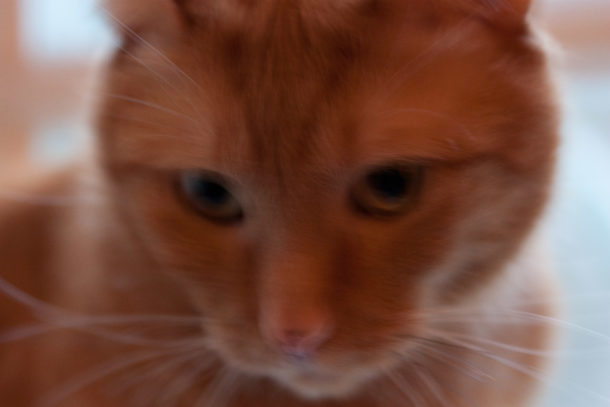
What influences this blur and why am I talking about it in this article on shutter speed?
In fact, the shutter speed strongly influences the presence or absence of motion blur for several reasons:
- The photographer’s stability If you stand on one foot to imitate flamingo, or if you have 2g of alcohol/litre of blood (or other neuron-killing substances :P), you will move more and so will the device. Besides, you have to hold your device in the right way, and for that I refer you to my article on basic tips!
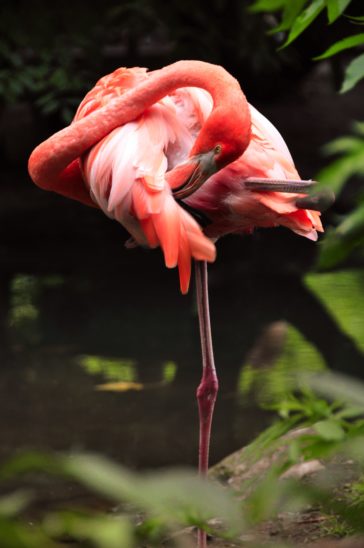
That said.., even if you’re balancing on your own two feet… and have the same lifestyle as a Buddhist monk, there will always be micro-movements that will cause blurred movement…. Overall, below a speed of 1/60thyou start to risk a blur if you’re not careful.
Attention This value varies according to individuals, their nervousness, etc… So don’t smoke, don’t drink coffee, practice meditation and yoga! 😛 (we laugh, but we easily gain one or two notches like that).
- The focal length : plus the focal length (the “zoom”) is important, plus you are likely to have a motion blur all ugly on your pictures. To do this, remember a simple rule: à 50mmno slower than 1/50th, à 100mmno slower than 1/100thetc…
(For more advanced users, this requires precision: on small sensors, the focal length must be multiplied by a number between 1.5 and 2 because of the conversion factor).
- The stabilization or not of the lens (or camera): most modern DSLRs and hybrids are equipped with stabilizers that compensate for your micro-movements.
It is sometimes integrated into the body, and therefore active regardless of the lens used, and sometimes integrated into the lenses, in which case it must be ensured that it is present.
This device makes it possible to save an average of 2 to 4 shutter speed steps. (depending on models).
In other words, you can reduce the theoretical values quoted in the previous points by 2 notches. But in theory only, in practice it is only not always so spectacular (you will see the effect especially when photographing with a telephoto lens and thus at long focal lengths).
Read my article on photo stabilization to learn more 🙂
- The tripod : If you need to use (very) low shutter speed (we’ll see for what reason(s) right after), using a tripod allows you to stabilize your camera enough to set to 1s or more without having blurred camera shake.
To go further, you can read the article on the 5 tips to make photos sharper or the article on choosing a photo tripod 🙂.
Subject motion blur
Conversely, when your device is relatively stable but your subject movesyour subject (a person, an animal, etc…) may be blurred in the shot. This subject blur is influenced by two factors:
- the speed of movement of your subject The faster it moves, the more blurred the subject and vice versa.
- the shutter speed : the weaker (slower) it is, the more blurred the subject is and vice versa.
As much as you can’t play on the speed of your subject, it’s as much you choose which shutter speed to use.according to the picture you want to get. It all depends if you want to freeze a fast subject, like for example this cheetah that is snorting (taken at 1/500th), or if you want to give an impression of movement as I did with the passers-by (photo taken at 1/8th).
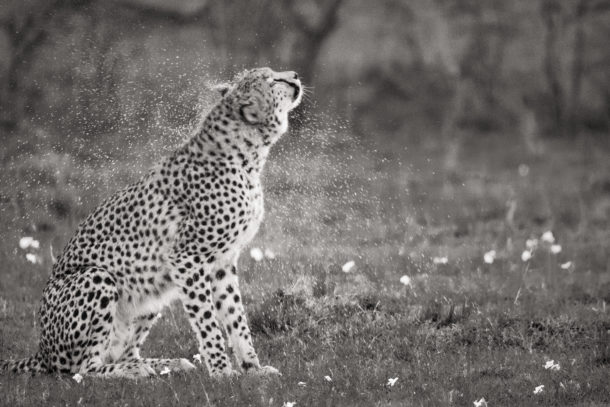
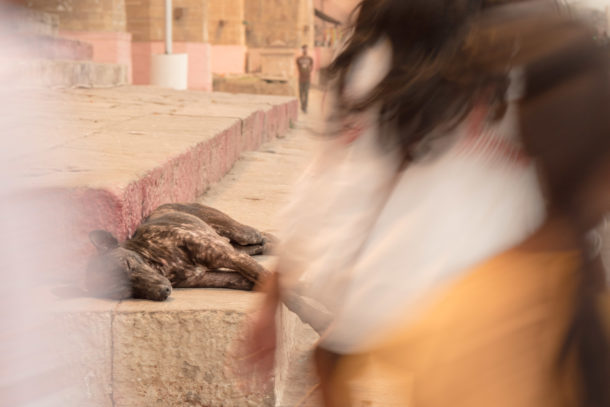
In this area, it is impossible to give typical cases or advice depending on the situation. For example, in photography of sportyou can give an impression of speed both by freezing the movement (thanks to a speed obturation important) or by creating a little fuzzy on the subject (thanks to a speed of obturation plus low). It is up to you to make that decision, and for that nothing beats testing! So I’ll let you have fun with the shutter speed and then discover the article on the ISO sensitivity.
The usual, leave a comment to give your opinion on the article, ask questions, or contradict me! 😀
And don’t forget to share the article! 🙂

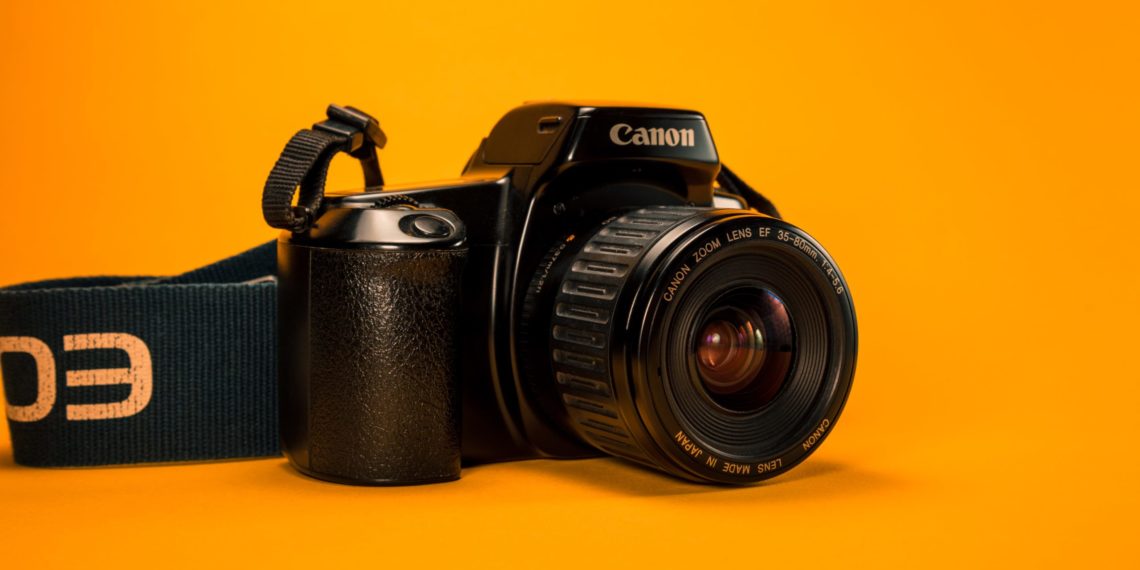


Discussion about this post